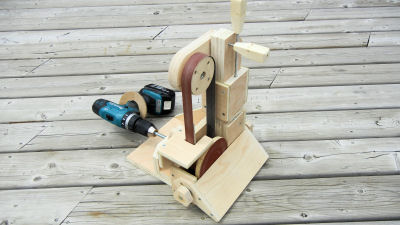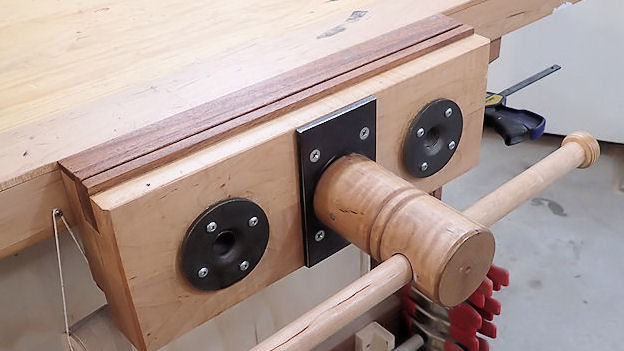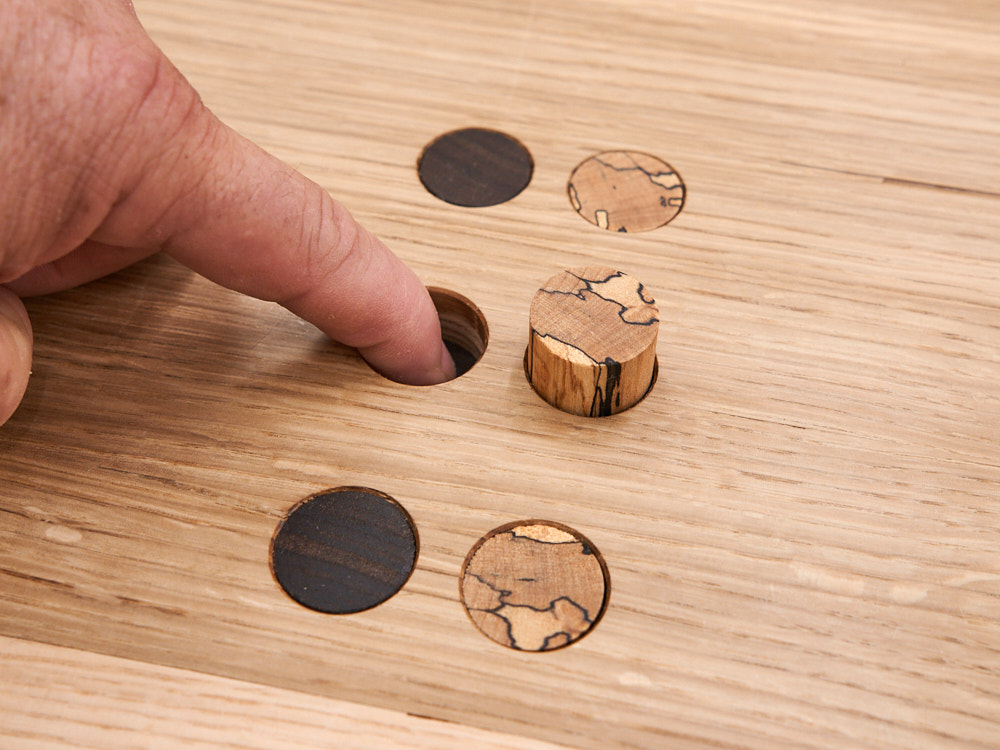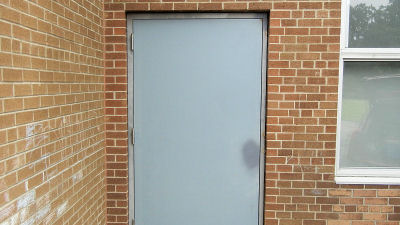The More Impossible Dovetail Joint General Woodworking
This is an idea that I wanted to try after watching Jack Houweling’s video a while ago, and the recent Clickspring video brought it back to me. In those, the dovetails are cut into square stock, but I figured it would be interesting to do them in something with six sides, rather than just four.
Of course, it could be taken further and done in octagonal pieces, but that would be quite a lot more difficult to do in wood, especially if the parts are relatively small.
I typically don’t do puzzle type projects, but thought this would be a nice change of pace.
The material is the classic combination of maple and black walnut. I used the thickest pieces I could find in my scrap drawer – about 2″ square:
.jpg)
To lay out the hexagon shape, I used SketchUp, mainly to save time and easily maximize the size I could get from the blanks. I cut the blanks down to 2″ x 1-3/4″ thick, then set the fence to 1-1/2″ from the blade and made the 60 degree angle cuts. I cut both at the same time to make sure that they turned out exactly the same size:
.jpg)
.jpg)
I did this on the table saw, but it could also be done with hand tools using just a hand saw and plane.
I also did the dovetail layout beforehand in SketchUp, to find the best size to fit on each face. Then made a cardboard template to mark them on the wood so that they would be identical in size. These are 10 degree dovetails and 1/2″ long. I also used my marking gauge to score a line around each blank to precisely mark the end of the dovetails:
.jpg)
.jpg)
With the layout carefully done, I moved on to cutting out the maple piece using the hacksaw and 1/4″ chisel. It would have been a good time to use my newly finished dovetail saw, but I thought it would be interesting to use the hacksaw instead, like I did in my first hand cut dovetails.
After I had the maple end cut out, I compared it to the walnut piece and immediately saw my layout error – I had marked the dovetails the same way. Luckily, I hadn’t started cutting yet:
.jpg)
.jpg)
I fixed that and fairly quickly rough cut out the part. It’s always a good idea to check and double check whenever doing these, even if you are very careful with the layout:
.jpg)
The strategy for a snug fit is to sneak up on it by making a series of shallow cuts with the chisel, then checking the fit. The hexagonal shape really does make doing this a lot more difficult than just a regular square, flat piece:
.jpg)
.jpg)
It’s slow going and just a bit nerve racking, since I don’t want to make a mistake – one slip with the chisel would be a major setback. Eventually I got the fit whittled down so that the parts go together for a pretty tight joint:
.jpg)
.jpg)
Not 100% perfect, there are some very small gaps, but the main thing is that the corners of both pieces line up exactly and the joint is snug enough to hold together on it’s own. To clean up the pencil marks and score lines, I sanded it with 220 grit paper:
.jpg)
.jpg)
Miraculously, the joint will go together nearly perfectly from the other direction as well.
The high fashion shots:
.jpg)
.jpg)
I ended up cutting the parts shorter and wiped on a coat of linseed oil to make the colour and grain of the wood stand out.
An interesting project, but one I’m not likely to repeat, at least not by hand!
Looking at it up close, it’s very difficult to see and difference in the dovetails on each face, so you really have to try pushing in each direction to find the way to slide it apart. Not much of a puzzle in the traditional sense, but it does look pretty neat and probably a bit mind-bending for those that have not seen the way this was done before.
I made a short video going through the build from beginning to end:















